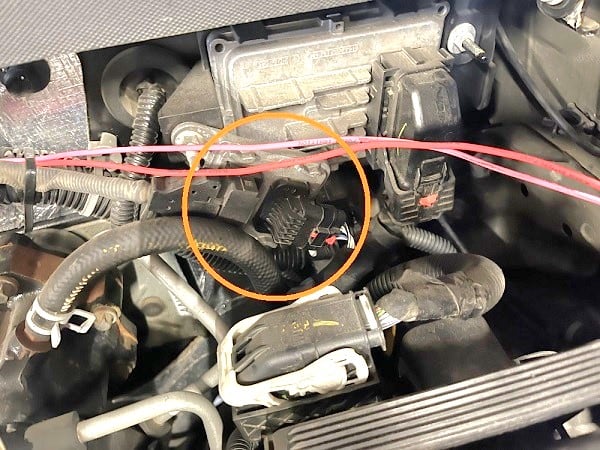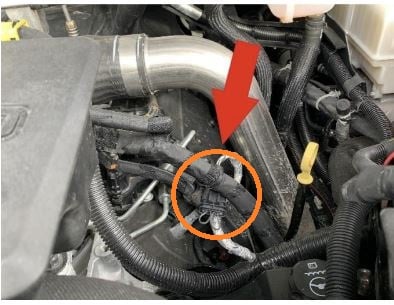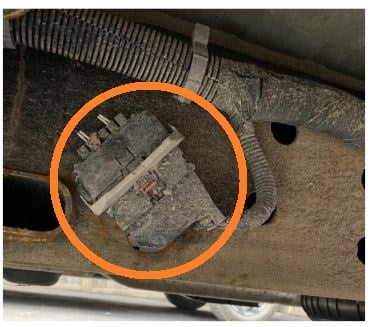[Instructions] CAN Plug Information
Share
L5P CAN Plug Installation for Emissions Deleted Systems
L5P CAN plugs ensure proper network communication after removing emissions equipment. Their precision terminals match OEM harness specifications - handle carefully during installation to prevent damage.
⚠️ Essential Safety Protocol
Disconnect the vehicle's battery before installing CAN plugs to avoid network communication faults.
Optimal Installation Procedure
Thoroughly clean all connector contacts using electrical contact cleaner before installation. Apply dielectric grease to prevent corrosion and ensure reliable connections.
For optimal results, connect CAN plugs before reconnecting the battery. After flashing your SOTF tune, immediately scan for diagnostic codes to identify any connection issues while the emissions system remains active.
Connection Prep Checklist:
- Clean contacts with electrical cleaner
- Apply dielectric grease
Step-by-Step Installation
- Disconnect Battery: Always disconnect power before working with CAN plugs
- Clean Contacts: Use contact cleaner and dielectric grease
- Install Plugs: Connect all CAN plugs while battery remains disconnected
- Reconnect Power: Restore battery connection after installation
- Flash Tune: Install your SOTF tune
- Diagnostic Scan: Check for error codes immediately
NOx Module Replacement
The black 6-pin plugs replace NOx modules removed with factory exhaust systems. 2017-2019 models require three plugs, while 2020+ models only need two.
Locate NOx modules during exhaust removal by tracing sensors from the exhaust to the module:

One module is typically found near the driver-side firewall:

2017-2019 Models

2020+ Models
DEF Connector Requirements
Use 16-pin plugs for 2017-2019 models and 30-pin plugs for 2020+ models. These maintain CAN network functionality when factory modules are removed.
Location varies by model year:

2017-2019: Passenger side frame rail

2020+: Driver-side frame rail
⚠️ Long-Term Considerations
- DEF connectors can remain installed permanently
- Retained NOx modules may degrade over time
- Original modules can be reinstalled for diagnostics

